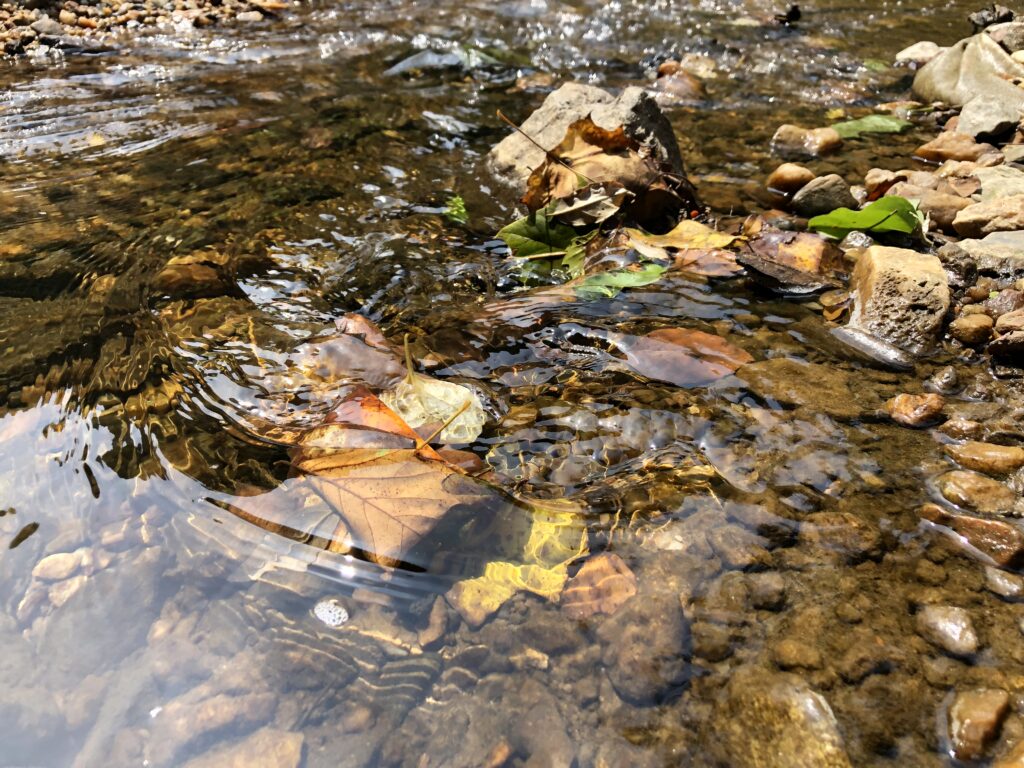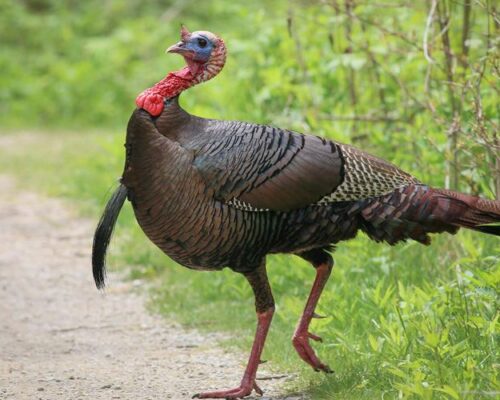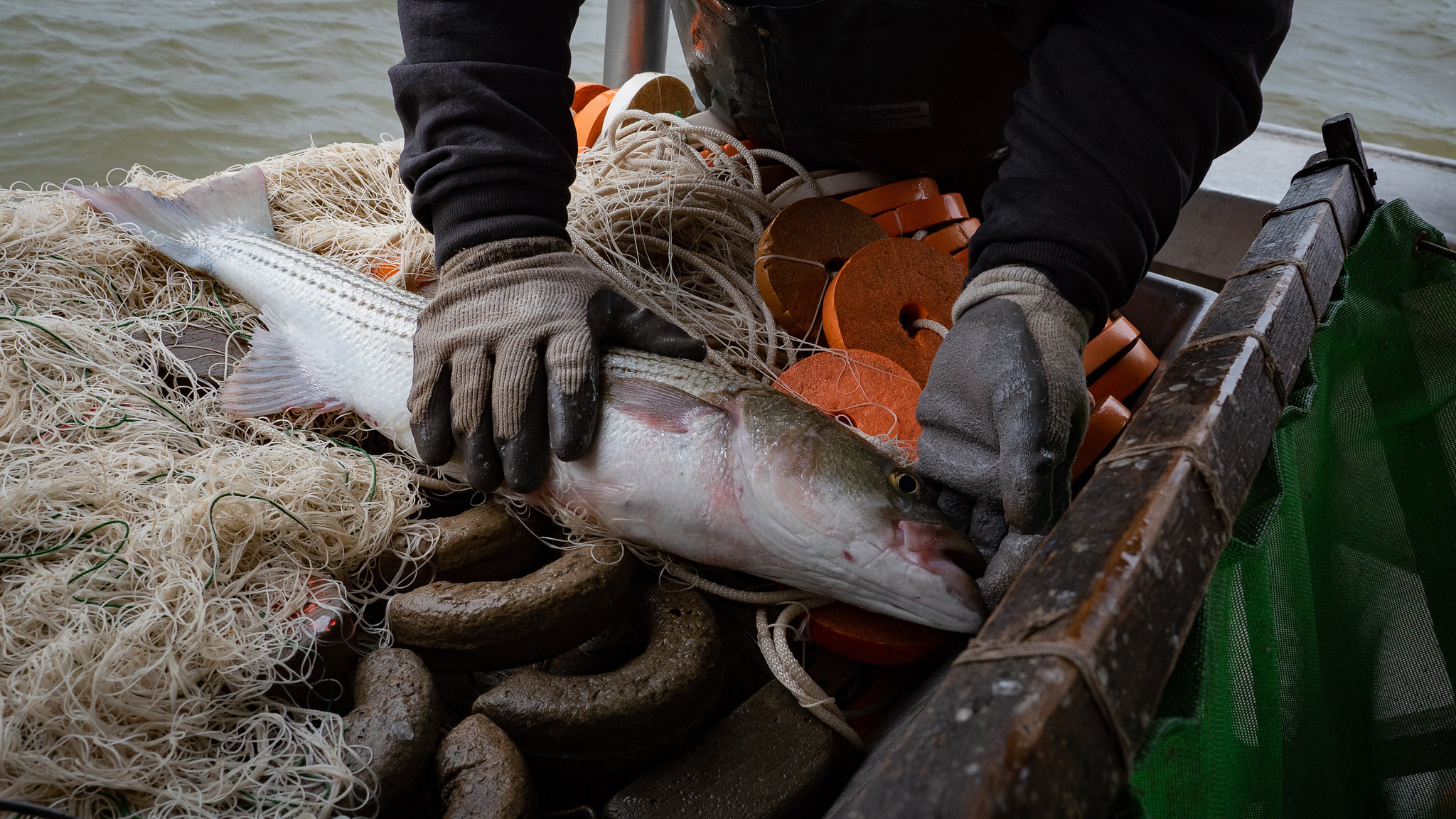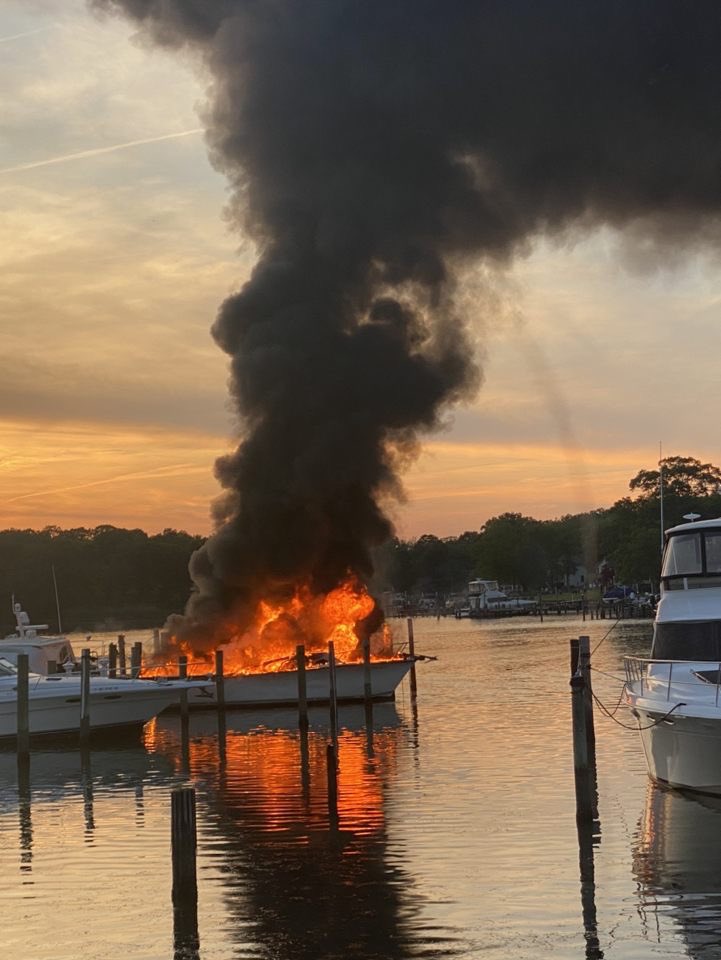Insects seem unnecessarily pesky when we spend time around the water in the warmer months. But their presence is a sign of good water quality—so when the state of Virginia discovered insects were lacking in five Bay watershed counties, they got worried.
Low levels of insect larvae from mayflies, stoneflies, and caddisflies prompted Virginia’s State Water Control Board (SWCB) to approve new pollution limits on suspended sediment waste for the streams of five rural Virginia counties: Rockbridge, Augusta, Bedford, Franklin and Pittsylvania. These species of flies serve as sensitive indicators of water quality.
The new limits will benefit not only the local waters in those counties but also the tidal rivers downstream, the James flowing to the lower Chesapeake and the Roanoke, flowing to North Carolina’s Albemarle Sound.
Mayfly nymphs, along with stonefly and caddisfly larvae, have long figured in scientific water quality assessment protocols for freshwater streams. These insect larvae require clean water to survive. They also play important roles in the healthy ecological process of their streams, which in turn influences healthy functioning in tidal waters downstream.
The Department of Environmental Quality (DEQ) had already classified those counties’ streams as impaired because of their low numbers of benthic (stream-bottom) invertebrates (like insect larvae, mussels, and crayfish) in its 2020 Water Quality Assessment Integrated Report. The following year, further study revealed the cause to be excessive sediment runoff. Some came from construction sites and urban areas, but the majority came from hay and pasture farmland not cultivated with soil-conserving conservation practices.
To fix the problem, DEQ and the Department of Conservation and Recreation work with farmers to plan Best Management Practices (BMPs) tailored for each operation’s geography and soils. Virginia’s most accepted BMPs include no-till cropping, making nutrient management plans, planting cover crop mixtures growing deep roots to hold soil in winter, restoring eroded streambanks, planting buffer communities of trees and shrubs along the banks and fencing livestock out of those buffers and streams.
Installing such whole-farm packages costs money. Virginia’s General Assembly allocated $286 million in the recently adopted 2023 budget for cost-share programs to help farmers defray those costs, on top of $116 million directed to those programs in 2022. Additional cost-share funds may come from federal, local, and nonprofit sources. Those numbers sound large, but Virginia is a high-value farm state with large acreage in production.
At this point, participation in the combinations of practices is voluntary, but legislation from 2020, as amended this past session, set a deadline of 2028 for those BMPs. A multi-agency task force will track progress, and if there isn’t enough progress in meeting those goals, it would be come mandatory to adopt the BMPs.
Many Virginia farmers have already seen results from conservation and restoration practices over the past 40 years. It’s evident when streams running through the farms show good water quality, robust communities of mayflies, stoneflies, caddisflies, healthy fish stocks (including trout, smallmouth bass, and fallfish), resident and migratory waterbirds, and other wildlife. By extension, so do Virginia’s big tidal rivers.
-John Page Williams




